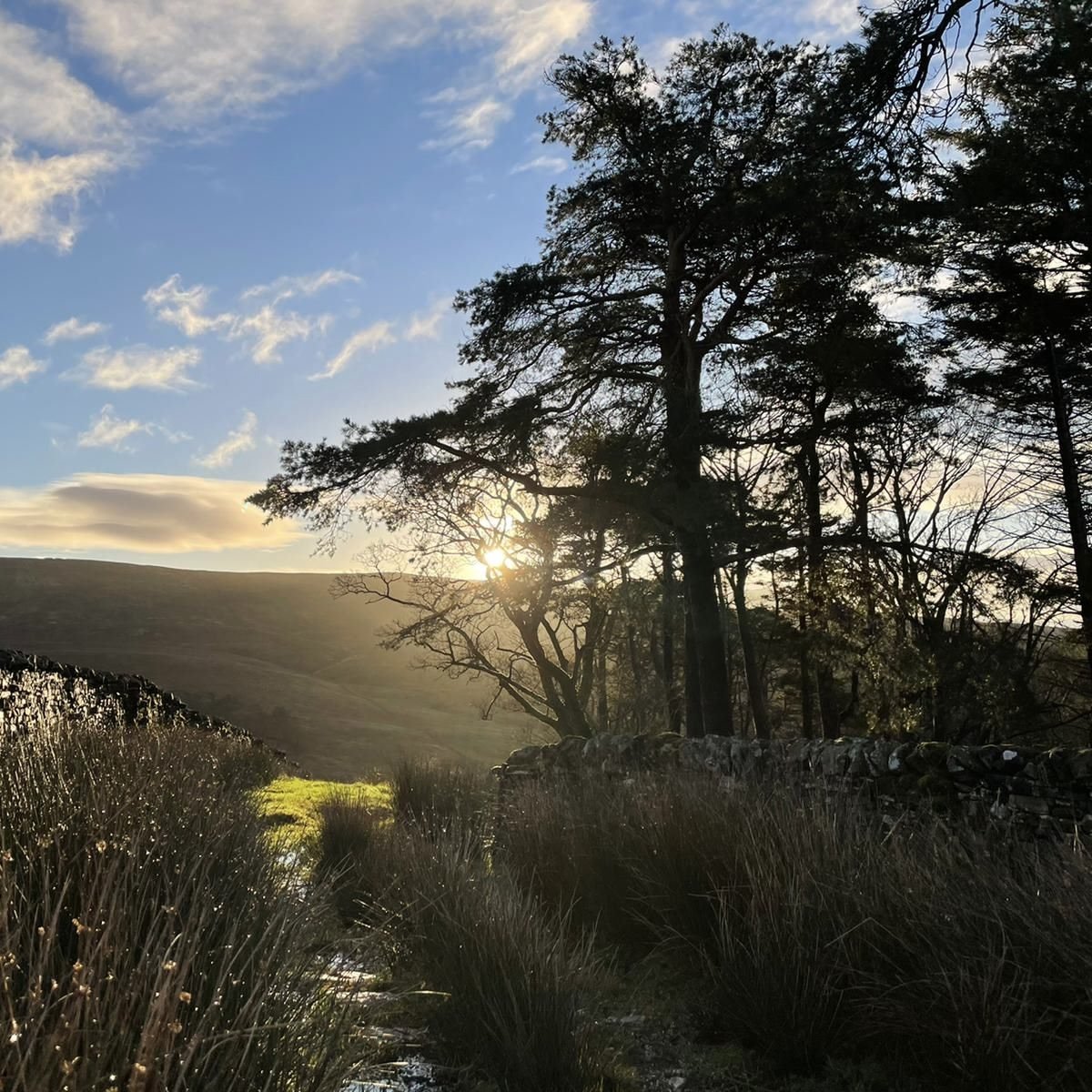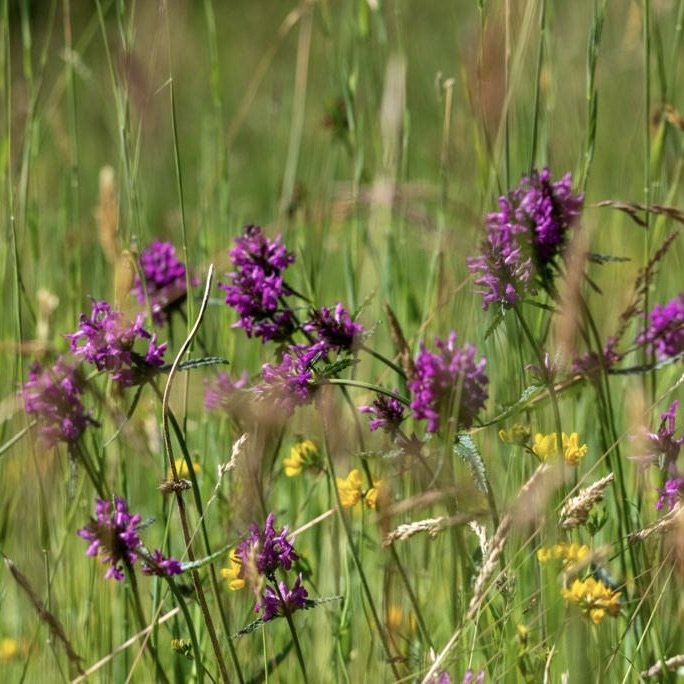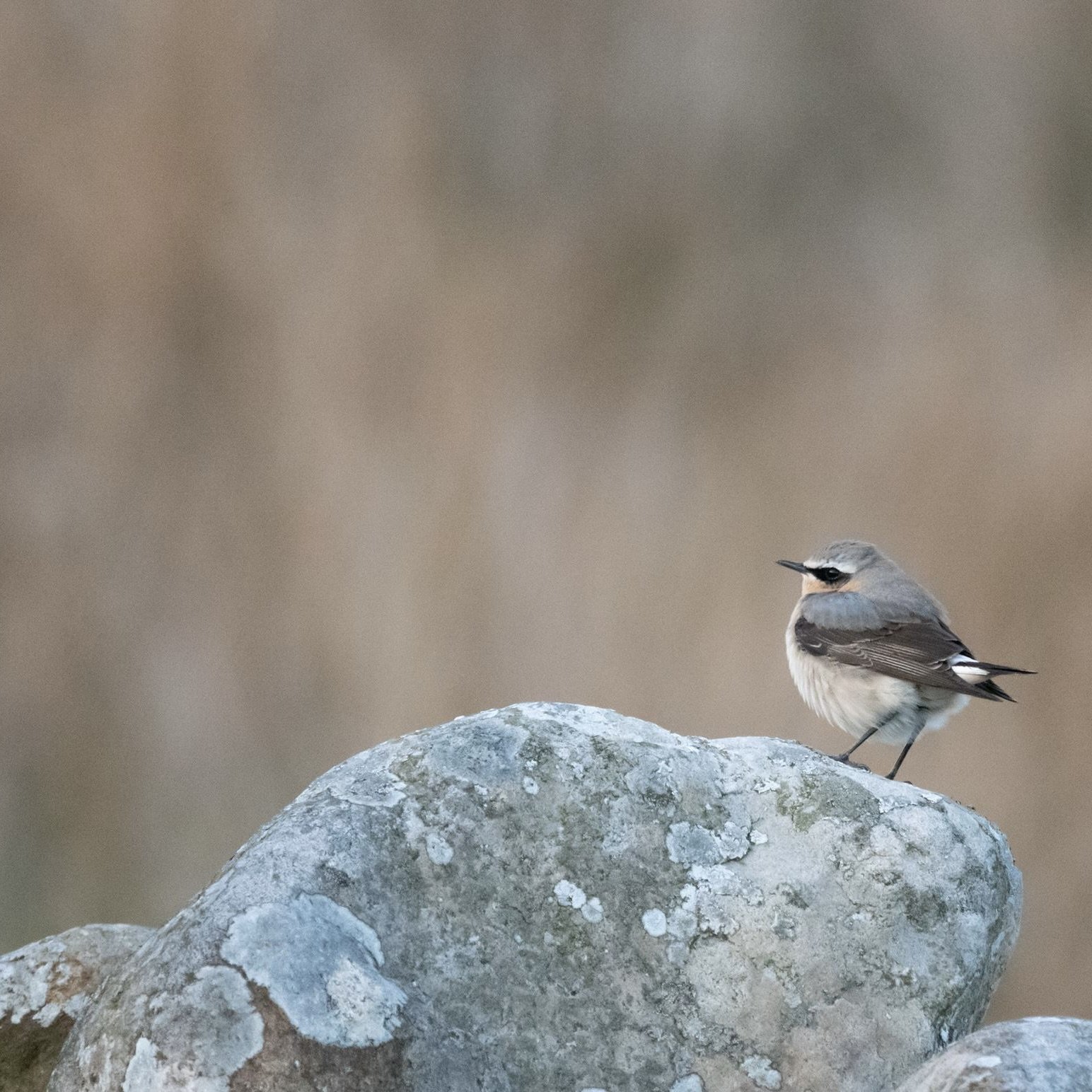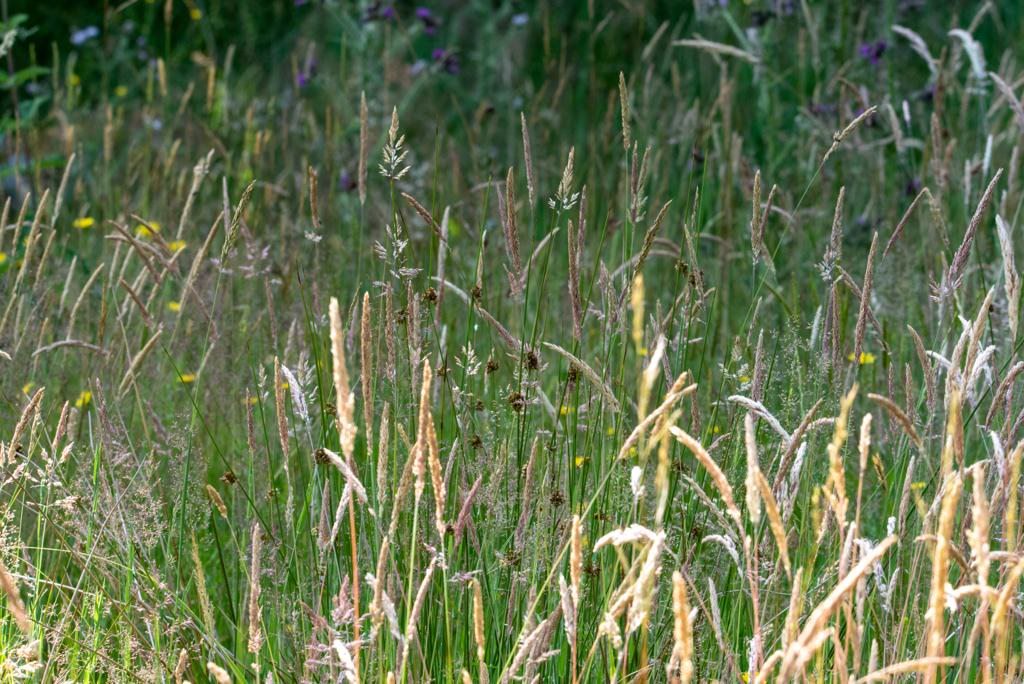
Habitat and Ecology
Kingsdale Head is a 608 hectare (1,503 acre) upland farm in the Yorkshire Dales with big plans to make the most of the of the site’s potential for the recovery of a huge range of wildlife, as well as it’s ability to store carbon in the soil, blanket bogs and regenerating scrub and trees.
The land at Kingsdale Head, like much of the Yorkshire Dales, has been subject to heavy sheep grazing as well as land drainage over many years, which has had a significant impact on the plant and wildlife on the site. The first steps of regeneration began in 2011 when the previous owner entered a Higher Level Stewardship scheme to reduce sheep grazing pressure, as well as starting the process of woodland creation.
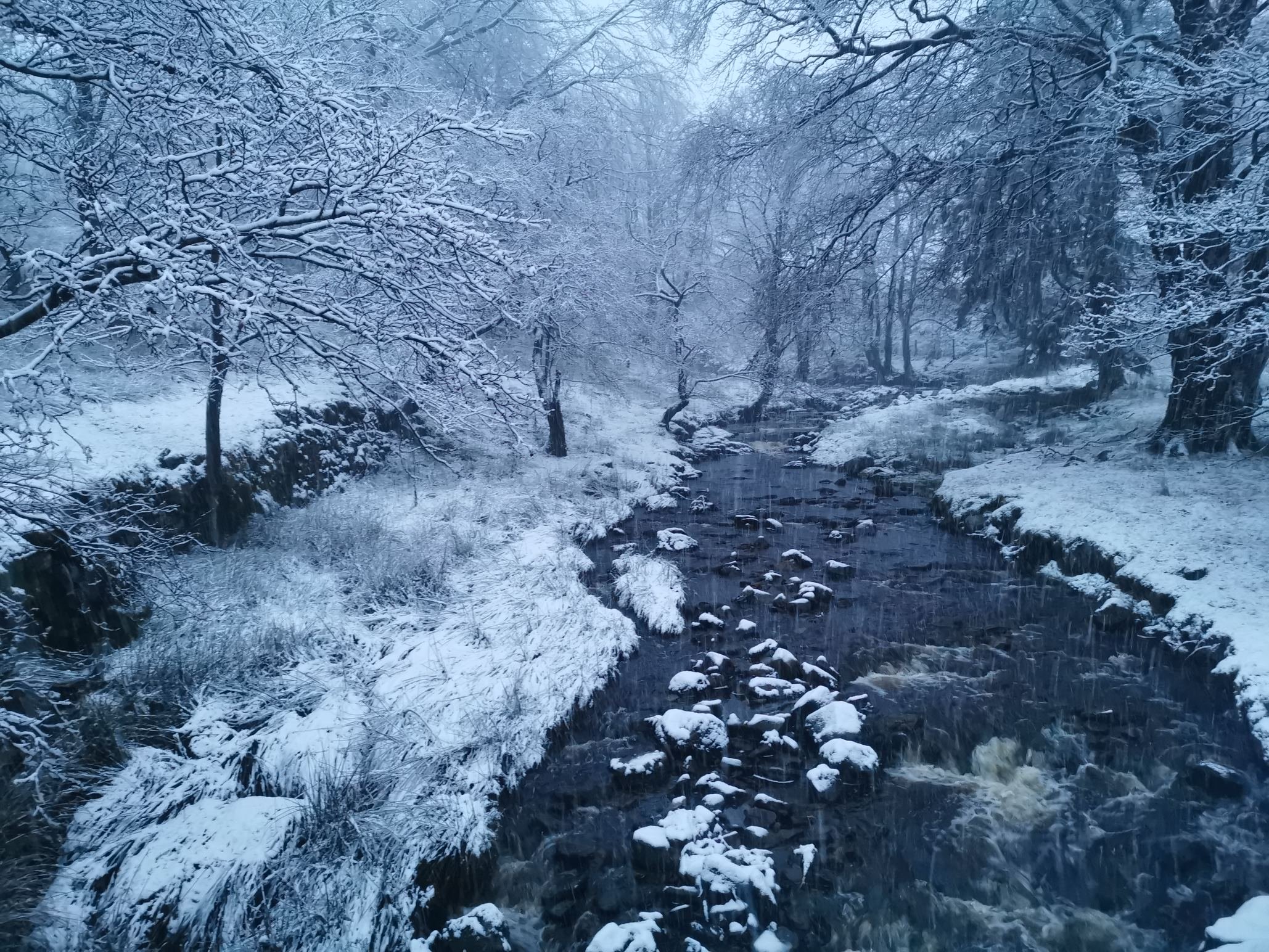
Woodland
There are at least 13 hectares (32 acres) of mature woodland on the farm and a further 16 hectares (40 acres) of tree planting with more planned over the coming years. The return of trees and scrub at Kingsdale Head is bringing structure and a range of habitats back to the farm after years of sheep grazing. The small herd of cattle have an important role to play in this, as their grazing and browsing helps to break up dense grassland, facilitating natural regeneration and a mosaic of different habitats.
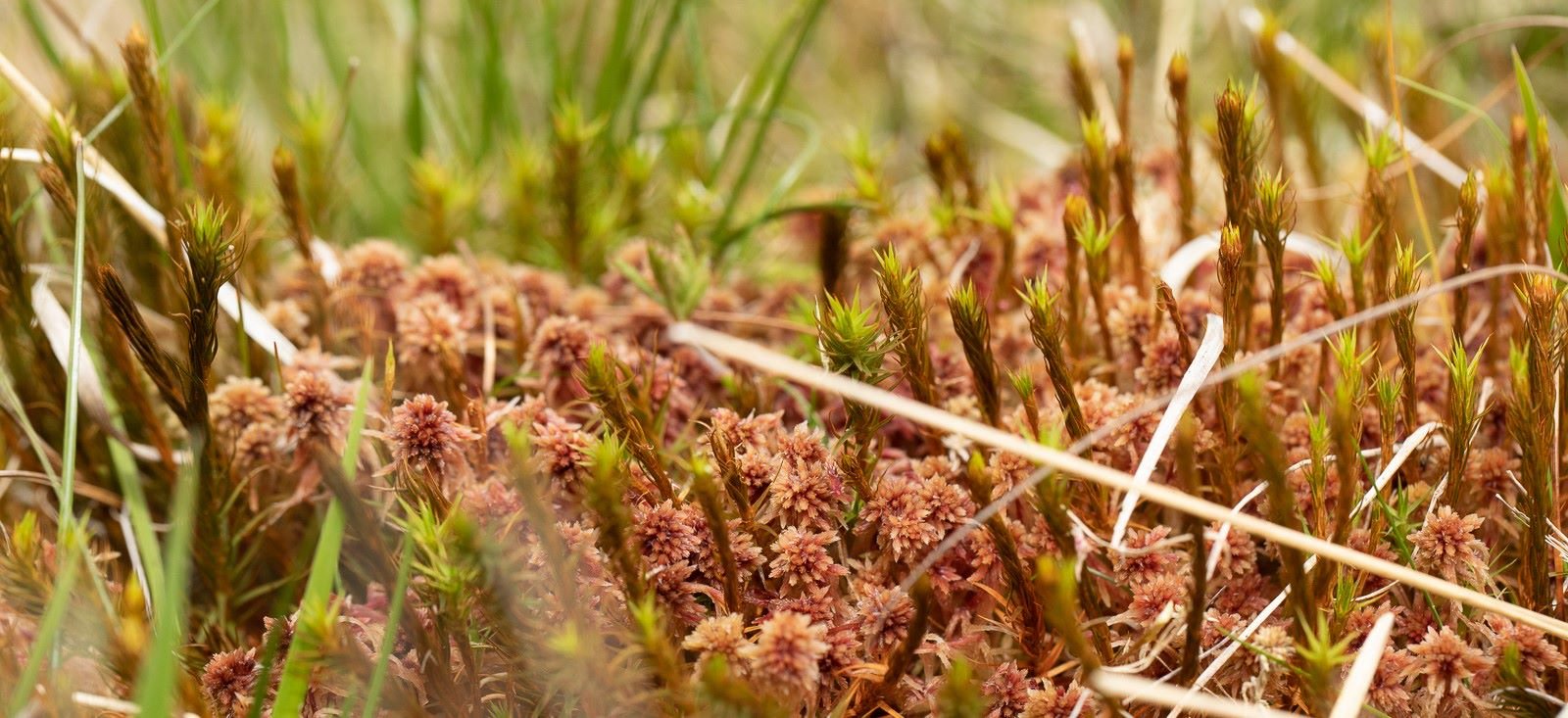
Peat
The farm consists of around 450 hectares (1,112 acres) of peatland including blanket bog on deep peat as well as wet heathland, fen and wet grassland habitat. Previous land drainage has had a significant impact on these habitats and has put the carbon stored in the peatlands at risk. A substantial part of the first phase of restoration work which entailed installing around 5000 dams across the network of grips (channels cut into the peat) was completed in 2022 working with Yorkshire Peat Partnership funded through the Nature for Climate fund. This work contributes to a wider program of work with the Great North Bog partnership.
Gills & Streams
Brown trout and other fish as well as a whole host of fresh water invertebrates are found in the gills, but so much more is possible across the farm as we progress with our regeneration.
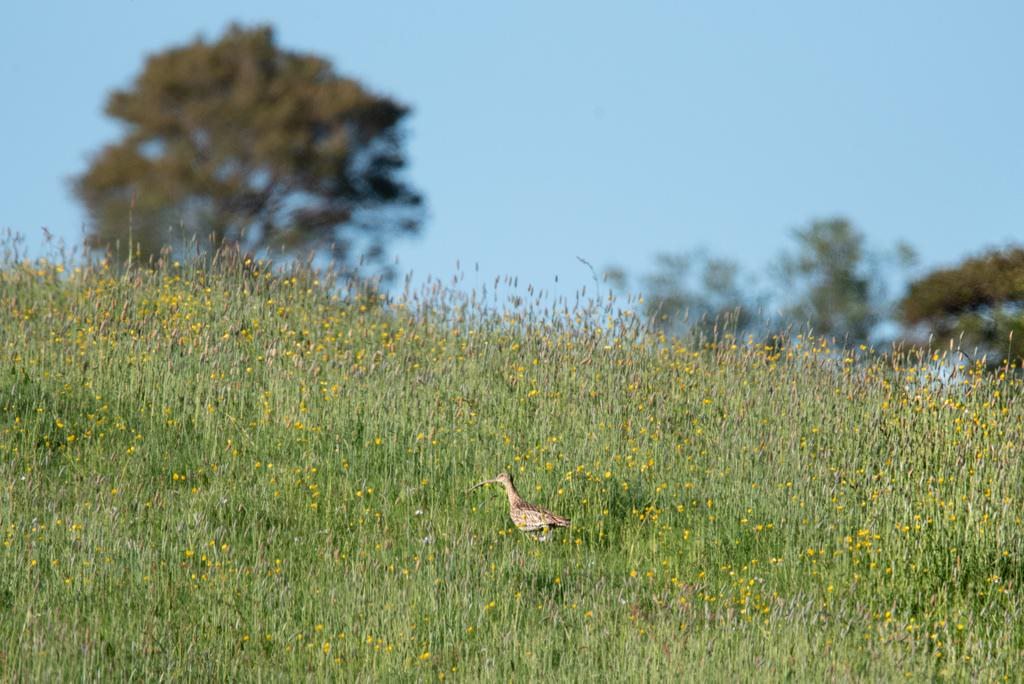
Grassland
We also have a further 100 hectares (247 acres) of acid and calcareous grassland as well as developing in-bye meadows which, with some time and help from our cattle, will develop into a mosaic of wood pasture and flower rich grassland – a great place for wildlife in general, but particularly pollinators.

Moorland
There is heather, bilberry and shrubs on the moorland. Violets in the gills and wild thyme on areas of exposed limestone. These and many more flowering plants support a range of pollinators like large numbers of green hairstreak butterfly at certain times of year or the Bilberry bumble bee, a species of conservation concern in the Yorkshire dales.
There is a lot of wildlife to be found. The fells have red grouse and breeding waders such as curlew, snipe and lapwing. Grey wagtails can be seen in stony bottomed gills. Skylarks and meadow pippits can be heard singing through summer. As grazing pressure has relaxed large numbers of voles have appeared. Great news for the barn owls breeding in the barns as well as kestrels and short eared owls all of which live on site.


